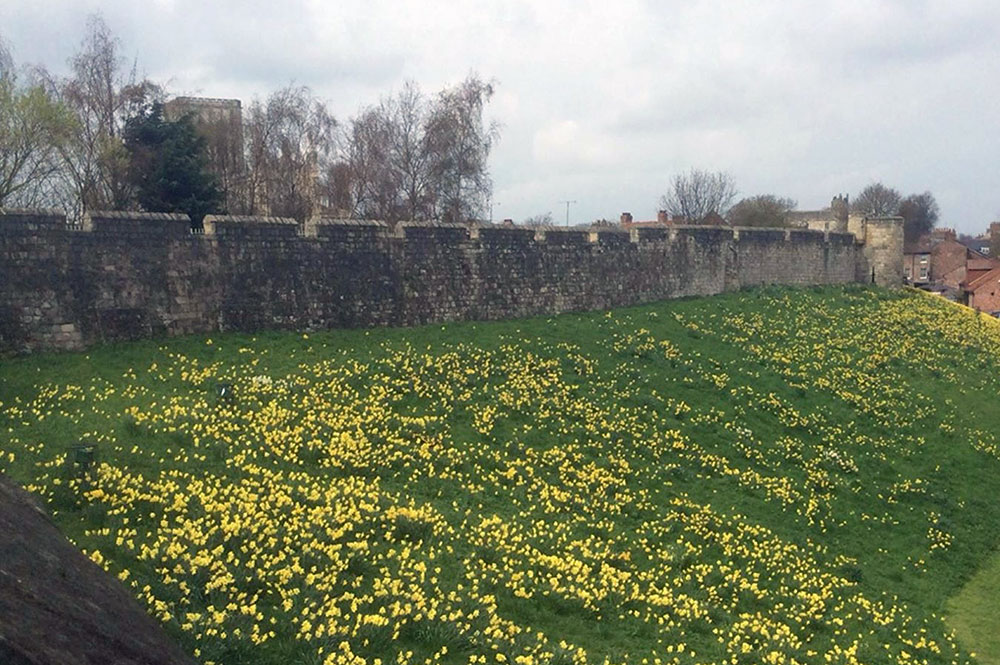Self-isolation, social distancing and hand sanitising may be concepts that have come to the fore with the Covid-19 outbreak but they are tried and trusted historic methods in warding off infection in York.
A small stone about a mile south of the city walls tells the story of how the city dealt with an outbreak of the plague in times gone by.
In 1604 an epidemic in what was then widely considered England’s second city prompted similar strict measures to protect the wider public from those unfortunate enough to have fallen ill.

Sufferers had to leave the walled city and travel a safe distance away to protect the other inhabitants.
Hob Moor, now surrounded by housing estates and allotments with the North East railway line cutting through it, was one such refuge.
Leave via Micklegate

Micklegate Bar – the gateway traditionally used as an entry point by a visiting monarch – would have been the likely point where those affected would leave the city.
They took refuge in wooden lodges on the moor a mile south which were built for the purpose of distancing the general population inside the walls from those suffering the ravages of the disease.
The plague stone stands next to the taller Hob Stone which depicts a knight but has been eroded over hundreds of years to the point that the warrior is scarcely recognisable.

The plague stone is where food was delivered to the afflicted during an outbreak in 1604, according to the plaque next to it.
It would be picked up by the grateful recipients at an appropriate distance from those who delivered it.
In the stone is a depression where payment for the food was placed.
It is thought that the indentation was filled with water or vinegar to help prevent transmission of the illness, with the liquid acting as a sanitiser when the payment was collected.
Today those suffering from Covid-19 who need medical treatment journey outside the city walls too – to York Hospital.
